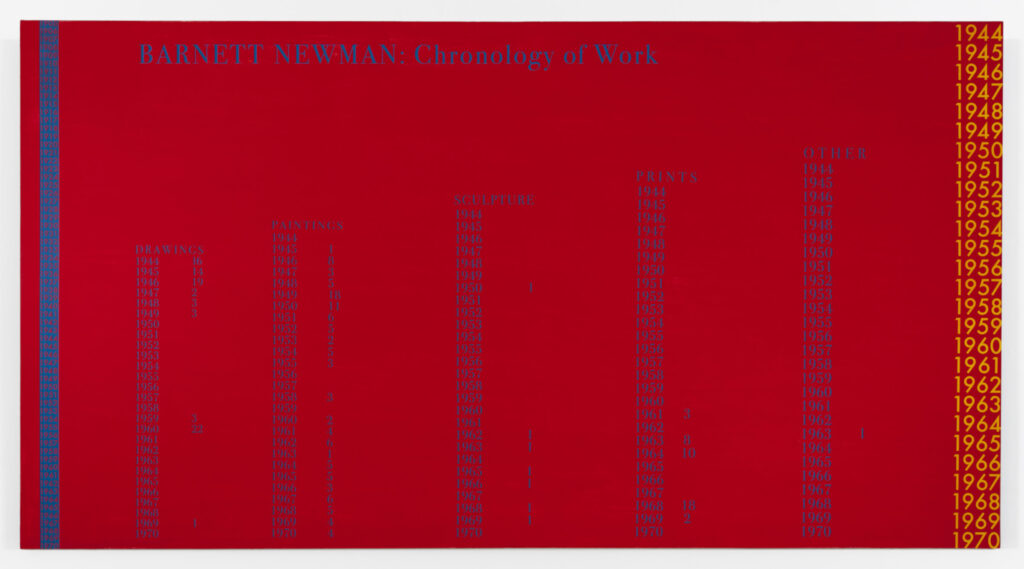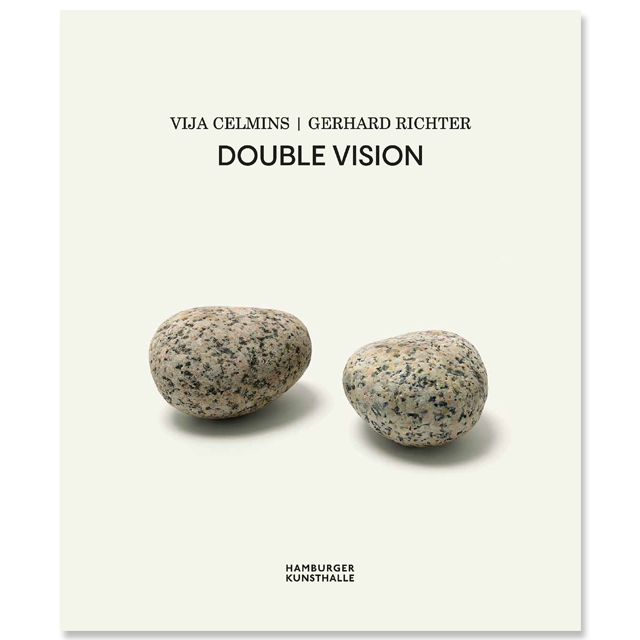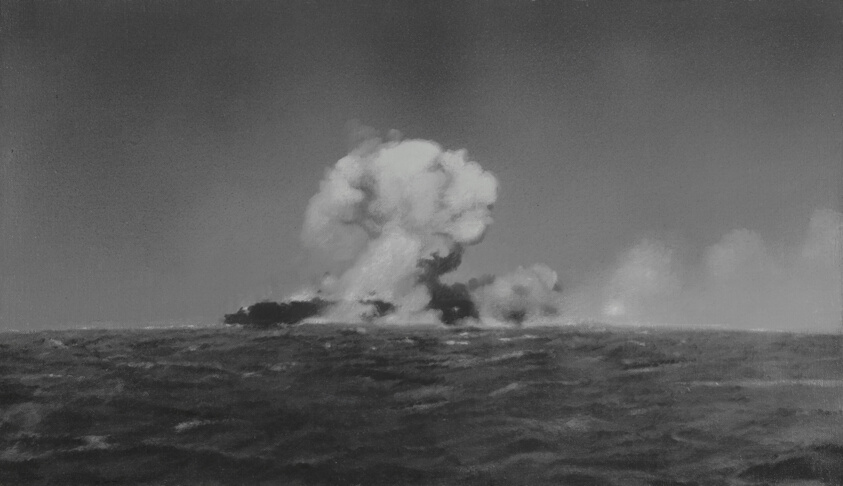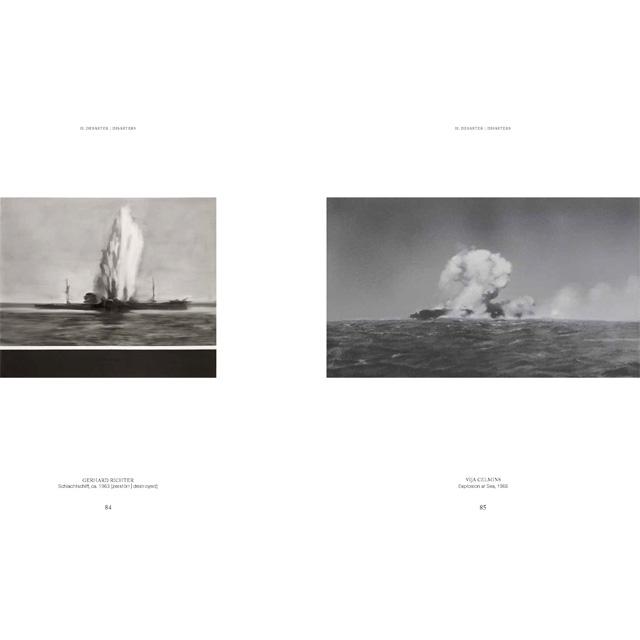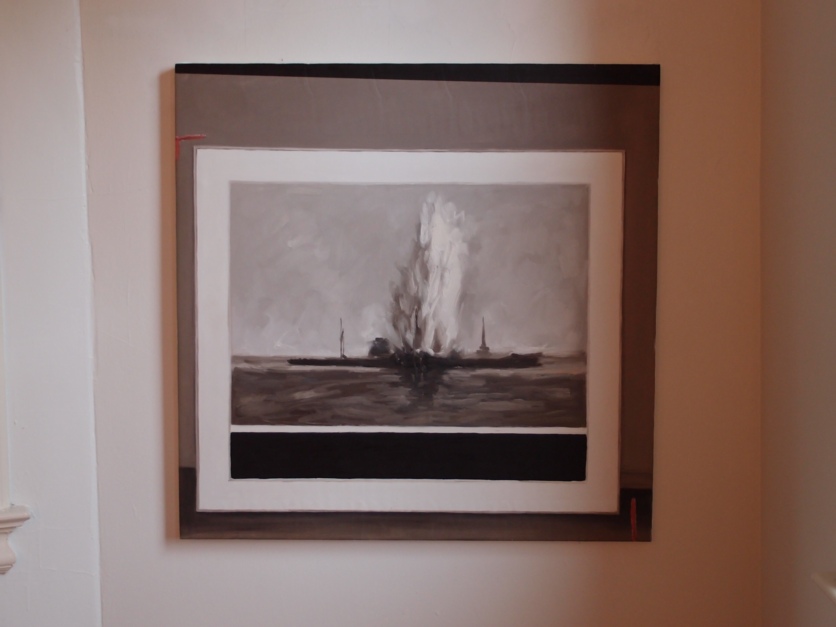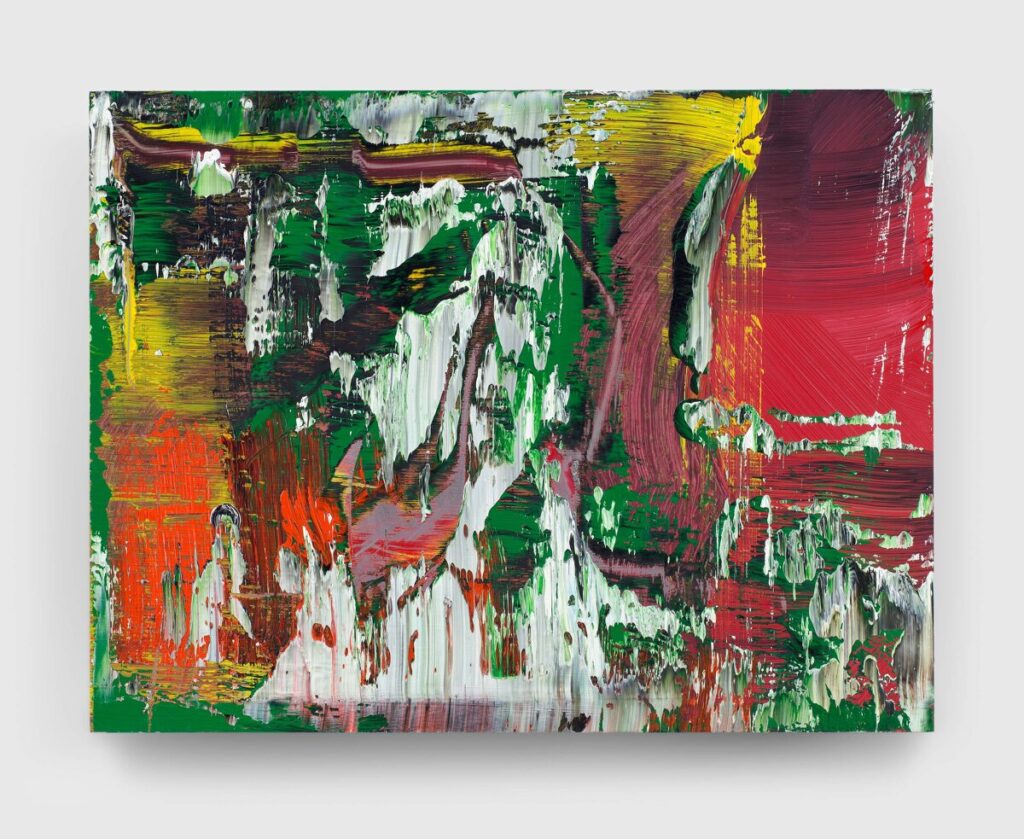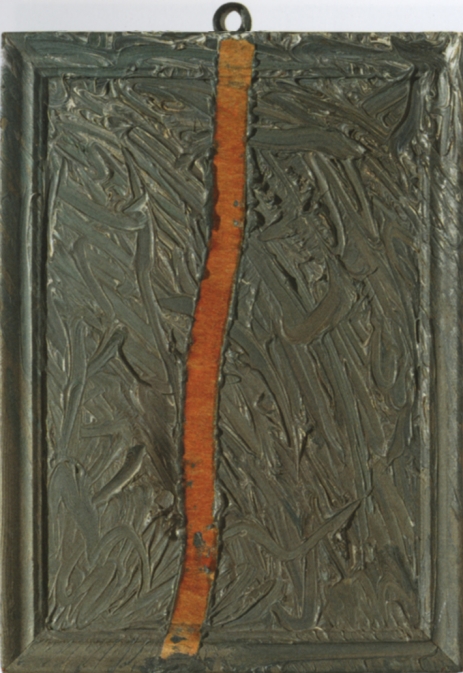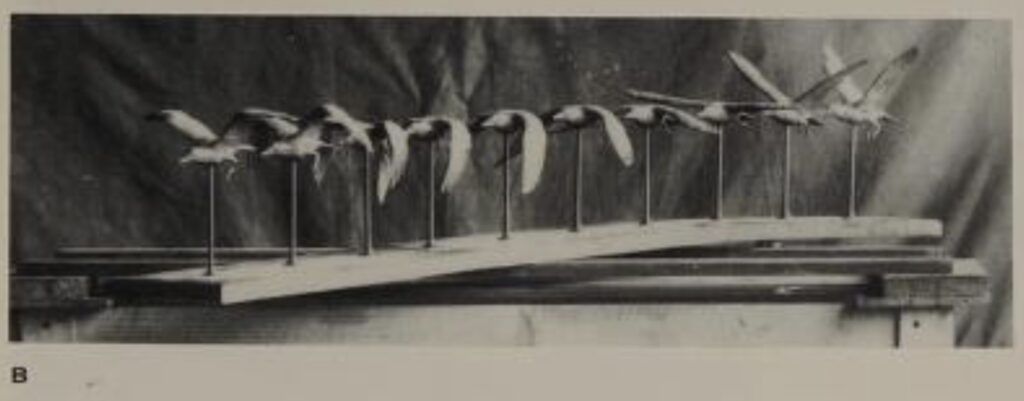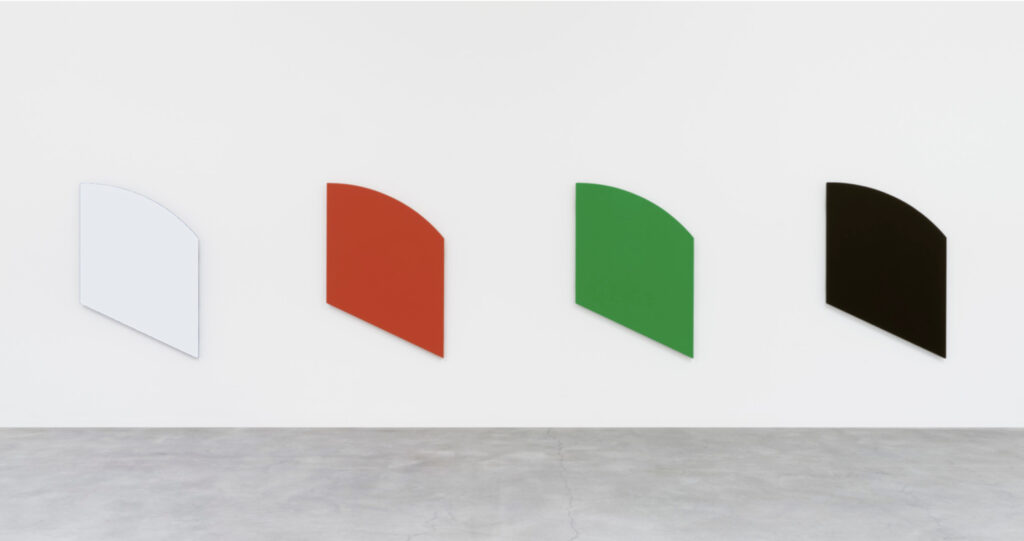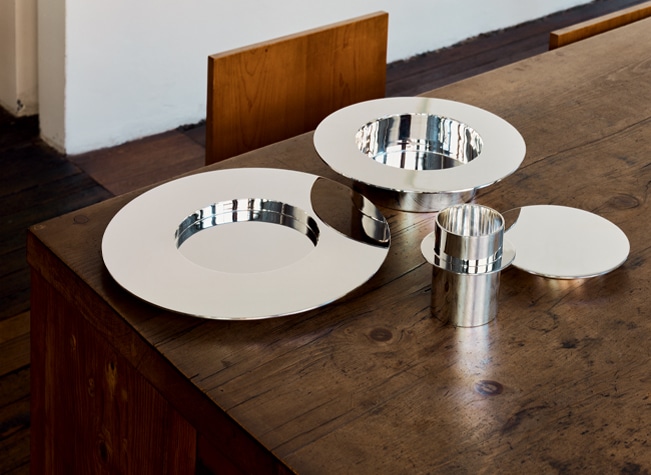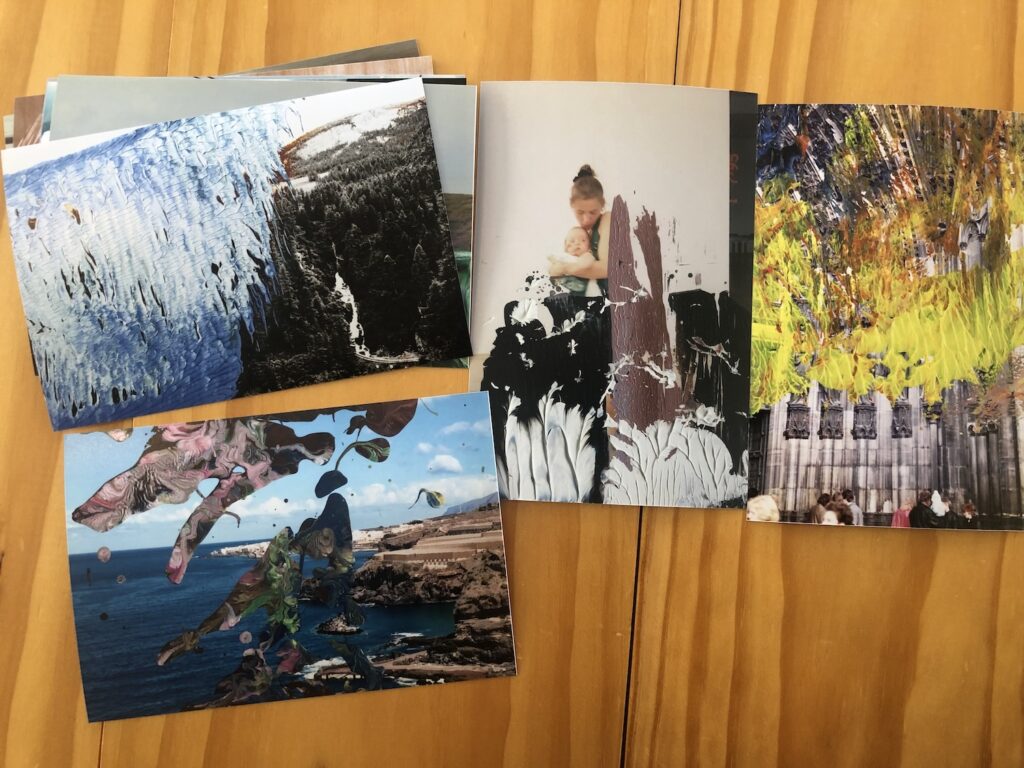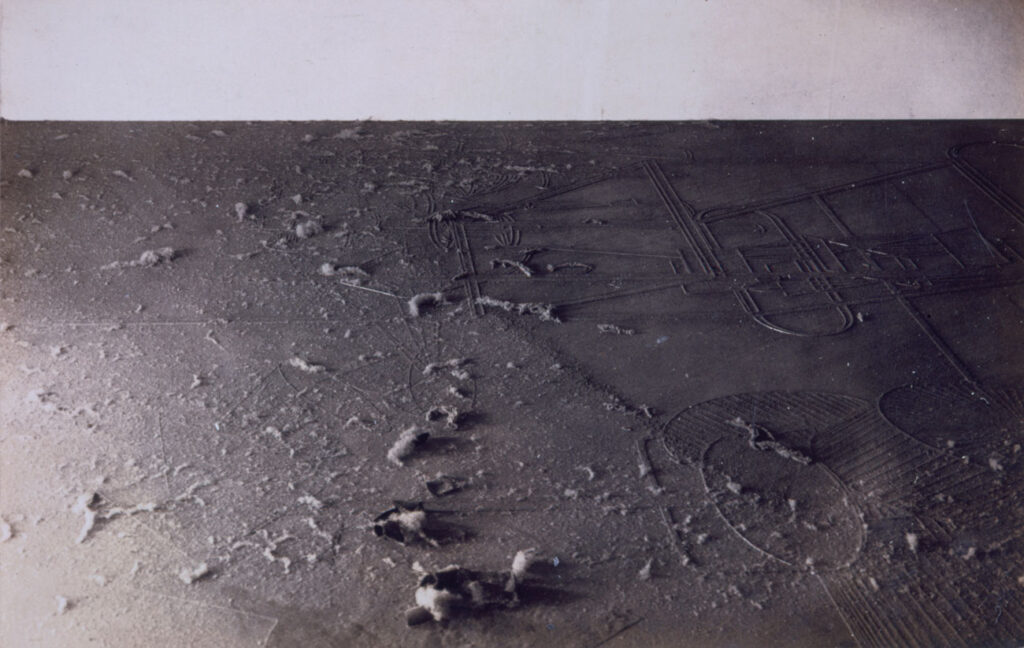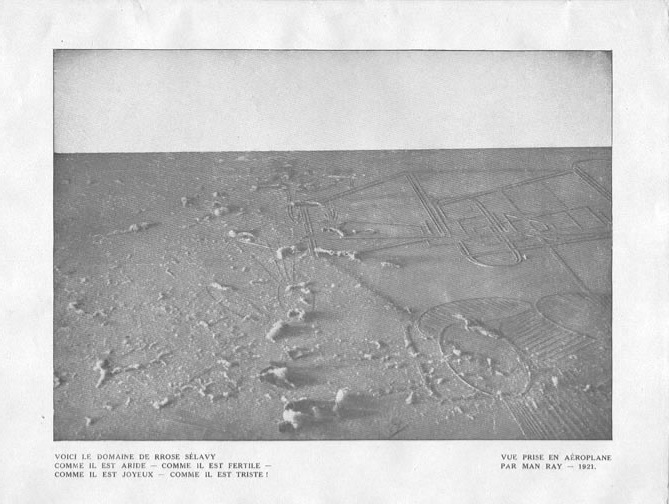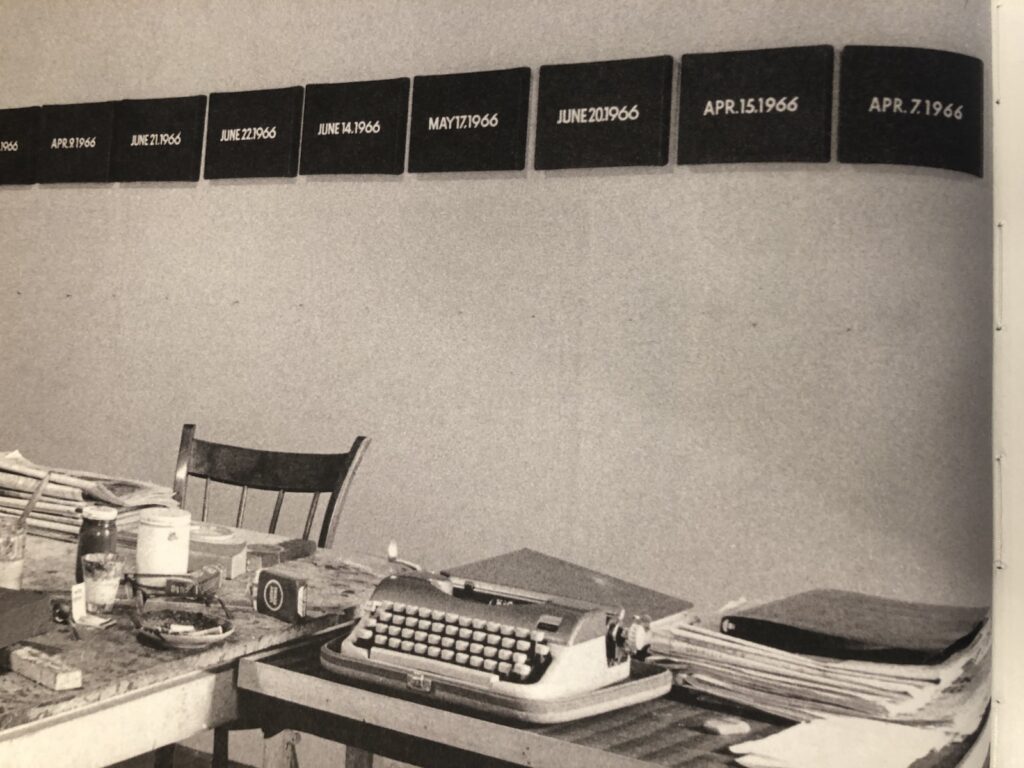
On Tumblr Voor Werk asked the archetypal artist question, prompted by stunning early photos of On Kawara’s work and studio: how did he pay for it, and how did he live to keep making it?
Even though I knew the only thing written in the biography section was “29,771 days,” I looked for clues in the catalogue for On Kawara — Silence, Jeffrey Weiss’ 2015 show at the Guggenheim.
tl;dr: The amount of time accounted for by the production of the date paintings alone does not seem conducive to having a regular job. The only thing I can guess besides family money, wife supported them, or somehow eked out a living selling date paintings from his studio, is that he made money playing mahjong. Or maybe Kasper Koenig kept it going.
Kawara was a well-known avant-garde artist in Japan in the 1950s, and wrote essays for Bijutsu Techo, the leading Japanese art magazine. But he also didn’t have shows for extended stretches. He traveled to Mexico and Europe and settled in Paris before moving to New York in 1964 on a student visa. Which he took art classes at the Brooklyn Museum to keep. He was 31. With some precursors, including many paintings he destroyed, the form of his Today series came into focus in January 1966, but developing the full concept took some time [sic].
In his essay, Weiss traces some of Kawara’s apparent thoughts and questions about the project through the date paintings’ subtitles. Alongside headlines, phrases, or even full sentences from the day’s newspaper, Kawara sometimes used personal anecdotes, observations, or meta-commentary as subtitles.
Some subtitles were repeated, and showed hints of both future bodies of work and community: “I met Nam June Paik at the B.M.T. Canal St subway station [insert various evening times].” And my favorite so far, is for April 5, 1966— “Tono, Arakawa, and Johns are now waiting for me in Tono’s apartment.”—when Kawara ended up missing a dinner with Yoshiaki, Shusaku, and Jasper in order to finish the day’s painting.
Though Kawara was included in many group shows, including some now-historic ones, by 1969, his date paintings were not exhibited in any significant way until 1972, five years and hundreds of paintings into the project.



